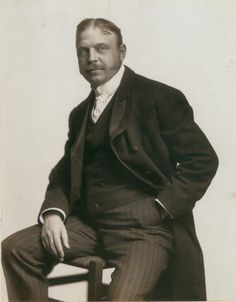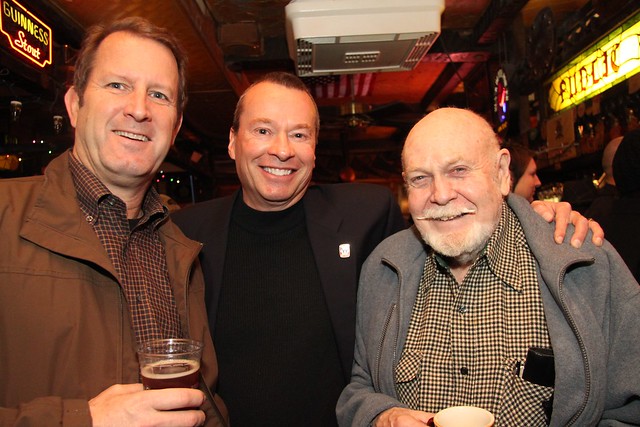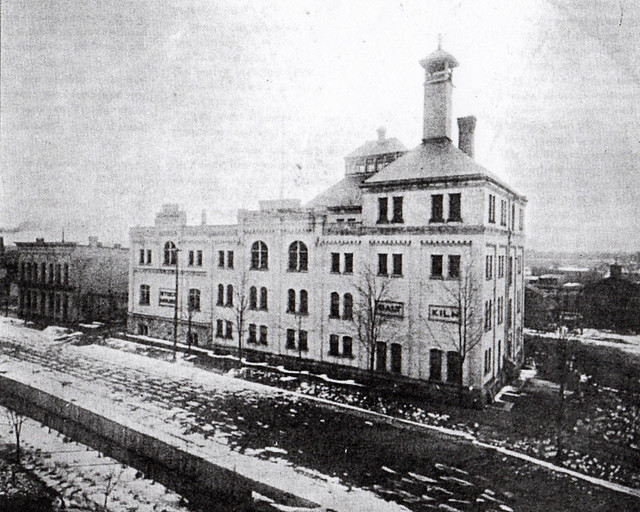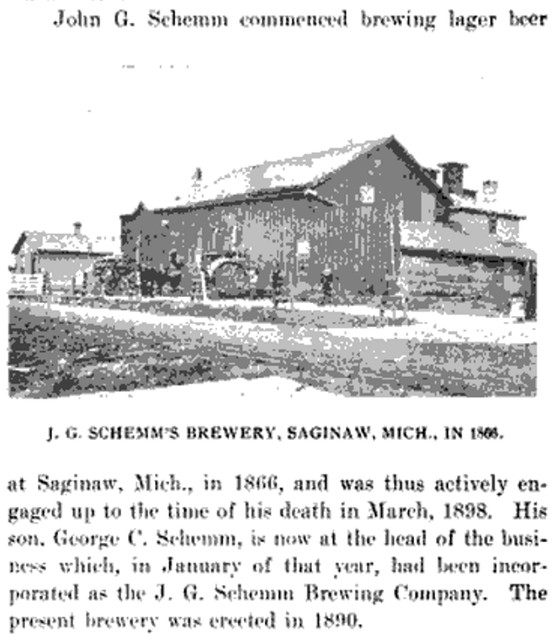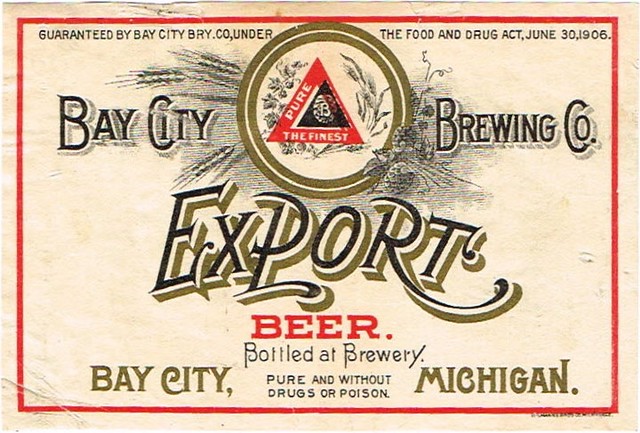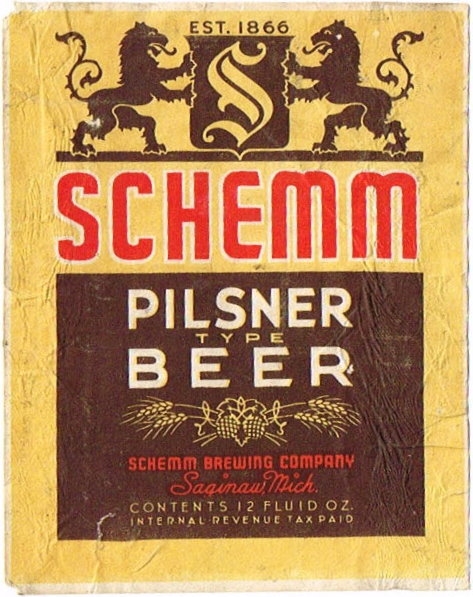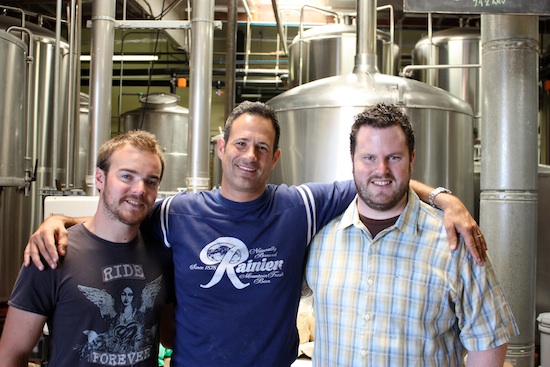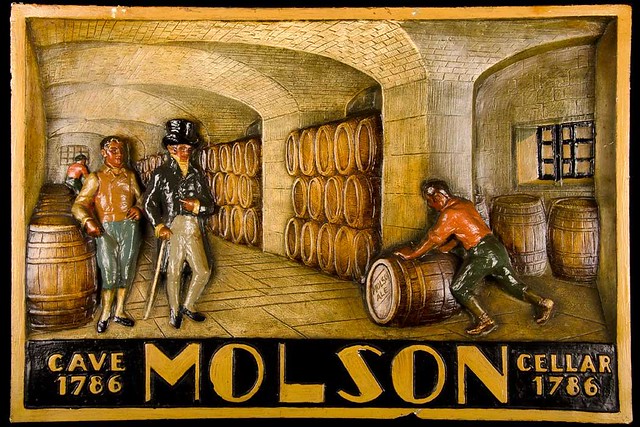
Today is the 59th birthday of John Dean, who co-founded Blind Tiger Brewing in Topeka, Kansas in 1995 and has been its brewmaster for 27 of the 30 years it’s been open. Along with his head brewer Alvaro Canizales, they’ve won a hefty number of awards over the years so I was very aware of the brewery but only got a chance to finally met John this past year at GABF. He was born in Topeka and is the heart and soul of the brewery, and it great hanging out with him and a group of friends behind his booth this year. Join me in wishing John a very happy birthday.







